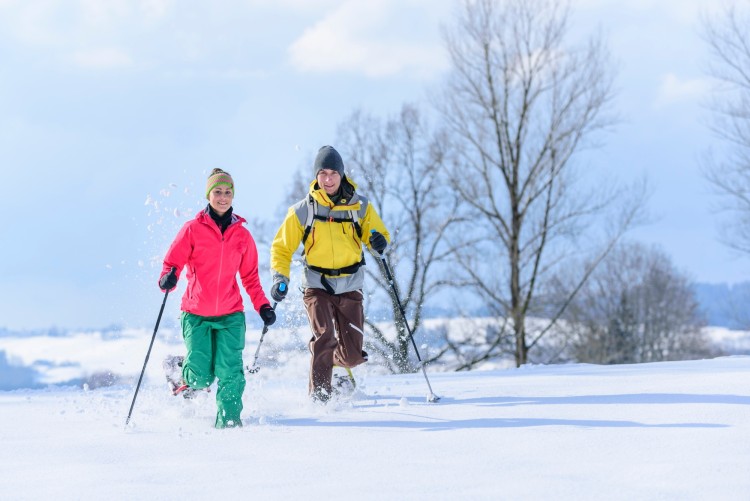
Starting to Snowshoe Run: Tips for a Winter Workout Like No Other
Snowshoe running is an exciting way to stay active during the winter months, offering a unique combination of endurance training, strength building, and an immersive connection to nature. Whether you’re an avid runner looking for a new challenge or a beginner eager to make the most of snowy days, snowshoe running provides a dynamic workout that’s as fun as it is effective. Here’s how to get started.
What is Snowshoe Running?
Snowshoe running involves jogging or running on snowy terrain while wearing lightweight, specially designed snowshoes. These snowshoes are narrower and lighter than traditional ones, allowing for a more natural running motion while still providing the flotation needed to move efficiently across the snow.
Benefits of Snowshoe Running
- Full-Body Workout: Running in snow engages your core, legs, and even upper body as you stabilize and power through variable terrain.
- Burns More Calories: Snowshoe running can burn up to 1.5 times more calories than road running due to the added resistance of snow.
- Low Impact: The soft surface of snow reduces stress on your joints compared to running on asphalt or concrete.
- Scenic and Serene: It’s a chance to explore winter landscapes and escape the monotony of indoor treadmills.
Getting Started: Gear Essentials
- Snowshoes
Look for models labeled for running or racing, such as those by brands like Atlas, Dion, or TSL. These snowshoes are lighter and more streamlined. - Footwear
Trail running shoes or waterproof running shoes work best. Pair them with wool or moisture-wicking socks to keep your feet warm and dry. - Clothing
Dress in layers:- Base Layer: Moisture-wicking to keep sweat off your skin.
- Middle Layer: Insulating for warmth.
- Outer Layer: Windproof and water-resistant.
- Gaiters
These protect your shoes and ankles from snow, keeping you dry and comfortable. - Hydration and Nutrition
Cold weather can mask thirst, so bring a hydration pack or water bottle. Energy gels or snacks are also useful for longer runs.
Training for Snowshoe Running
- Start Slow
Begin with short sessions on packed or groomed trails to get used to the feel of running in snowshoes. Gradually increase your time and distance as you build stamina. - Focus on Form
- Take shorter strides to avoid tripping on the snowshoes.
- Lift your knees slightly higher than when running on pavement.
- Keep your arms engaged for balance.
- Incorporate Intervals
Alternate between walking and running to build endurance and adjust to the unique demands of snowshoe running. - Strength Training
Include exercises like squats, lunges, and core work to build the strength needed for powering through snowy terrain. - Mix It Up
Practice running in varying snow conditions—packed snow, powder, and hilly terrain—to prepare for different scenarios.
Safety Tips for Snowshoe Running
- Know Your Route
Choose familiar trails or check maps before heading out. Packed trails or groomed paths are ideal for beginners. - Check Weather Conditions
Avoid running during storms or in areas prone to avalanches. - Bring Essentials
Carry a small pack with water, snacks, a first-aid kit, and a fully charged phone or GPS device. - Run with a Buddy
Running with a friend or joining a snowshoe running group can enhance safety and make the experience more enjoyable.
Transitioning to Races
Once you feel comfortable running in snowshoes, you might consider entering a snowshoe race. These events range from beginner-friendly 5Ks to advanced ultra-distance challenges, even a yearly World Cup! Races are a fantastic way to meet fellow snowshoe enthusiasts and push yourself to new limits.
Check out race listings on platforms like the American Trail Running Association (ATRA) or United States Snowshoe Association (USSSA) for upcoming events.
The Joy of Snowshoe Running
Snowshoe running is more than just a workout—it’s a way to embrace the winter season, challenge your body, and explore the great outdoors in a whole new way. With the right gear, training, and mindset, you’ll discover a sport that’s both invigorating and endlessly rewarding.
So, lace up, strap in, and hit the snowy trails. A winter wonderland of running adventure awaits!
Read More
For more tips, gear recommendations, and race information, visit SnowshoeMag.com.
Author
-
Rina Katchur is a media professional specializing in creating partnerships between brands and audiences... and now an avid sandshoer, coming to a beach near you! Get in touch... rina@snowshoemag.com
View all posts
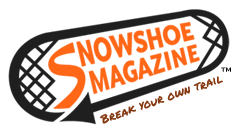
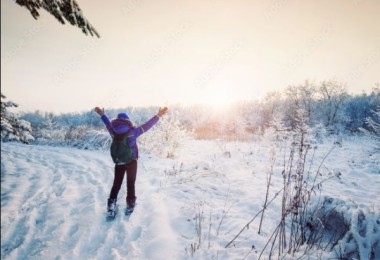
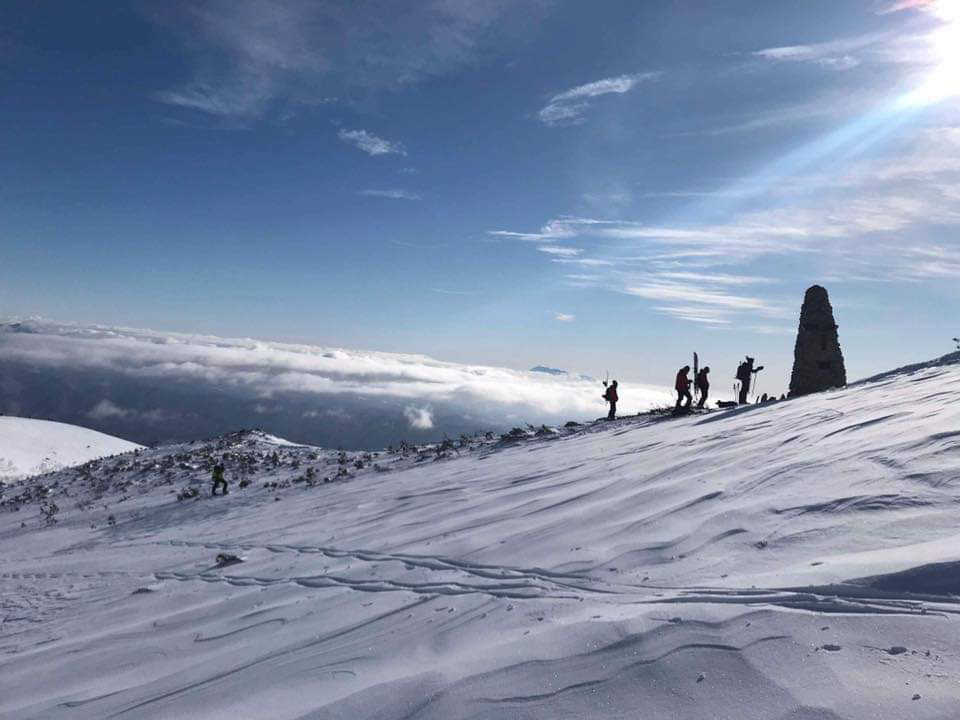
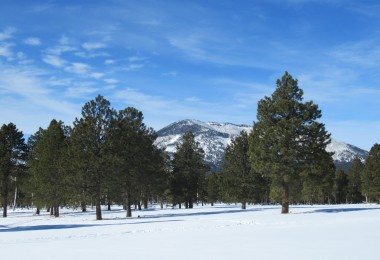
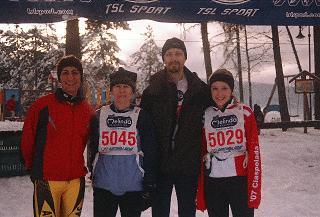

Leave a Comment